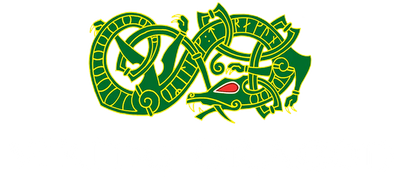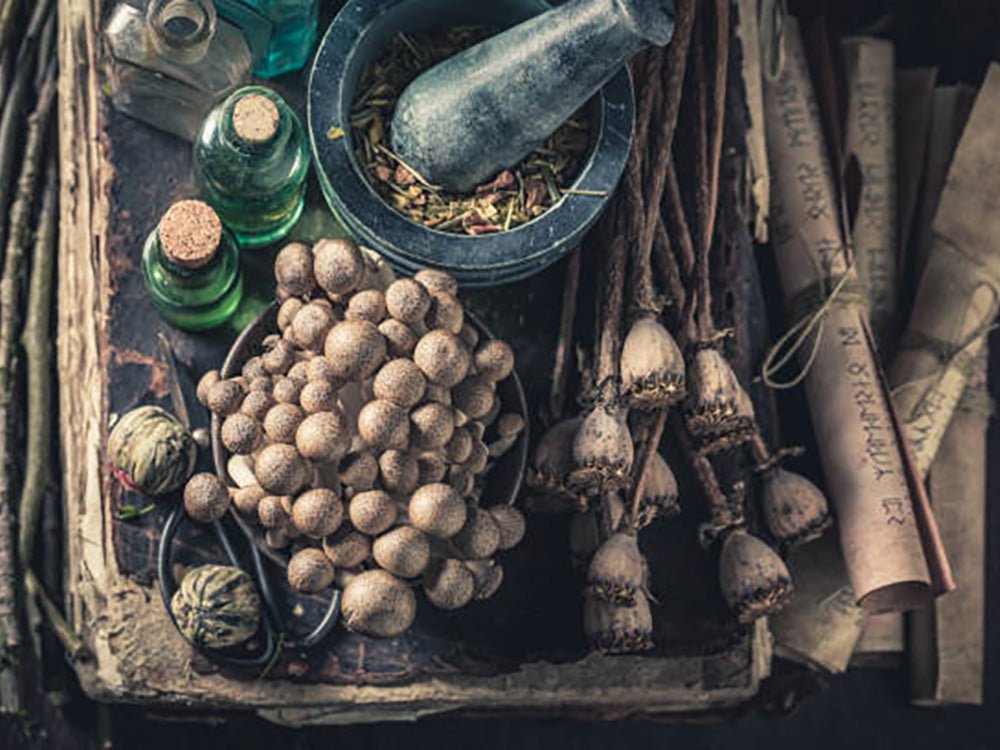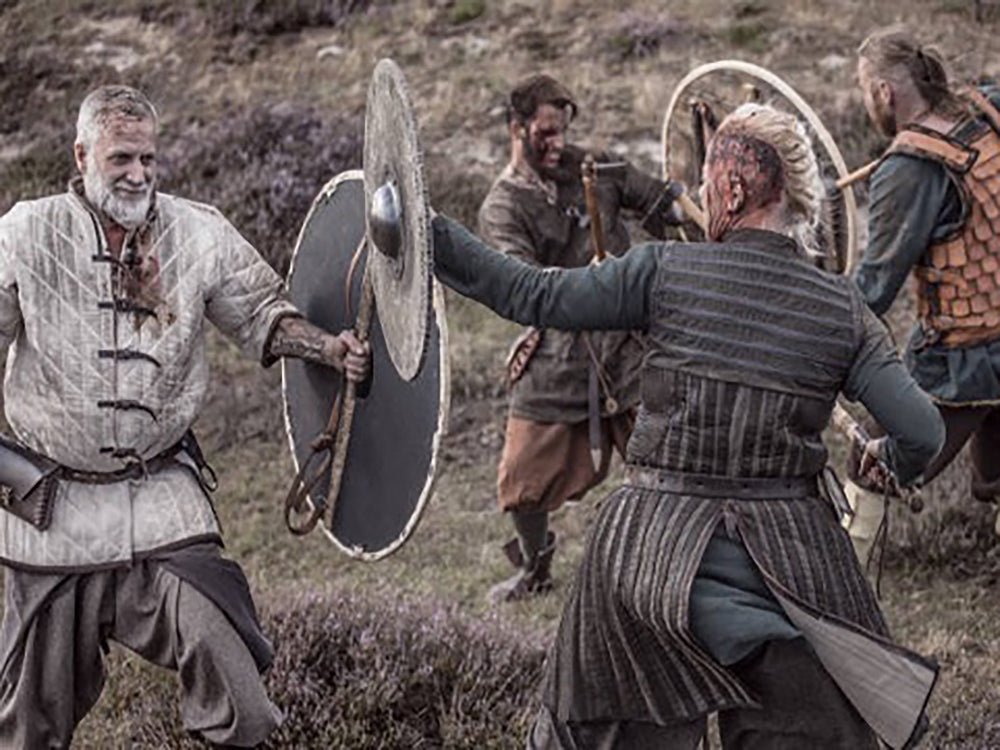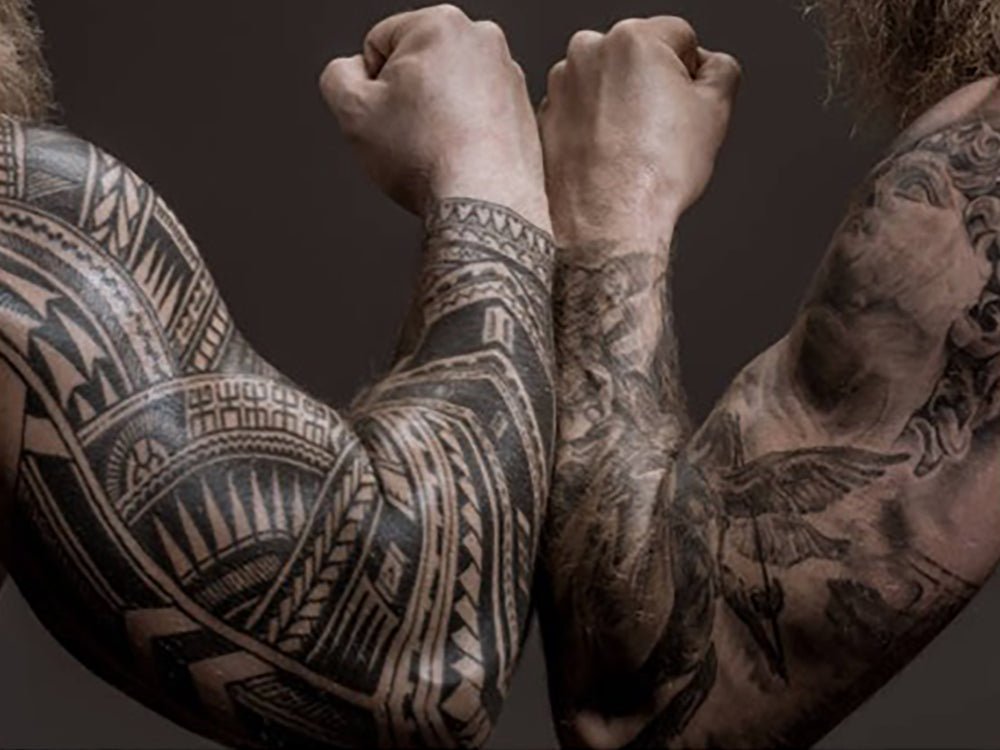It’s hard to imagine how health and medicine would have looked almost a thousand years before the discovery of germ theory, antibiotics and anaesthesia. But even without our modern knowledge about how the body works, and what to do when it goes wrong, the Vikings were able to treat illnesses, heal wounds and live healthy lives.
Though we don’t have any Viking-age medical textbooks or guides to medicinal plants, we’re able to piece together a pretty good picture of what health and healing looked like in the Viking era. This is done with archaeological findings at gravesites, evidence of non-native medicinal plants being brought to Scandinavia, and accounts from the sagas about battlefield hospitals. All of this allows us a glimpse of the rich tapestry of herbalism, rituals and creative cures that made up Viking medicine.
Viking Health

The average life expectancy in Viking-era Scandinavia was around 35 years old. While that might sound extremely low by modern standards, by the standards of Medieval Europe that was actually pretty good. The age was brought down significantly by infant and early childhood mortality. Once a Viking reached their teens, they could expect to live to around 50, or even older if they were part of the nobility. We even have examples of some Vikings who lived into their 80s, such as Harald Fairhaid who ruled Norway for almost 60 years.
In general, it’s thought that the Vikings were in pretty good health. Their varied and nutritious diet seems to have kept their bodies and teeth in good working order. They were also very conscious of cleanliness, taking great pride in personal hygiene. Anglo-Saxon chroniclers wrote in astonishment that the Vikings washed daily and set aside each Saturday for bathing and washing their clothes. This dedication to personal cleanliness was seen as bizarre in Medieval Europe but it probably went a long way to keeping the Vikings fit and healthy.
The Village Healer
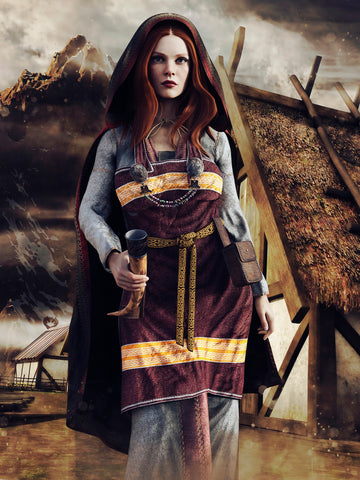
So what would you have done if you’d fallen ill in a Viking village? In most cases, you would have sought out the local læknir: a woman with a vast array of medical practices in her repertoire. As the town’s healer, she would have played a vital role in the community, treating the sick and injured, helping women to give birth and administering preventative medicine. Medicinal concoctions were made using herbs that either grew wild or would have been grown in the healer’s garden. These would have included camomile to treat swelling and fevers, nettles for joint pain, waybroad for ulcers and watercress for a litany of ills from flu to baldness. Archaeological evidence found from a gravesite in Sweden also tells us that the Vikings cultivated hemp to make CBD oils and creams to act as painkillers.

The healer would also have guided women through childbirth, alongside the mother’s female friends and relatives. Most of our knowledge of childbirth in the Viking-era is speculative, cobbled together from the little literature available and supplemented with what we know from contemporary societies that left behind more written evidence. We know that childbirth would have been incredibly dangerous to both the mother and child in Medieval Scandinavia. During the pregnancy, the family would have left several offerings to the Goddess Freyja for a successful delivery. The birth would have taken place at home and mugwort may well have been used to treat morning sickness, ‘cleanse the womb’ and act as an anaesthetic during labour.
Medicinal Magic

As talented as the healer may have been, and as vast their understanding of medicinal plants and herbs, without our modern understanding of germs and the human body some illnesses were complete mysteries to the Vikings. Medieval Scandinavians believed that disease and health were greatly impacted by unseen spirits, particularly the spirits of a person’s ancestors. An attack by malevolent spirits would manifest as illness in the human body, causing diseases which could often only be healed by the work of kind spirits. To aid in this recovery, some healers could combine their medical knowledge with incantations, charms or offerings to the supernatural forces. Medicine was also made specifically to smell and taste repugnant, as the unpleasantness of the treatment was thought to ward off the evil spirits.
With unseen magical forces able to do such harm to a Norseman or woman’s health, it’s no wonder that keeping the spirits happy was a very important part of Viking preventive medicine. Leaving sacrifices or offerings of food and beer and living an honourable life were seen as crucial steps to stay on their ancestors’ good side. Failing that, the Goddess Eir, revered as ‘the best of all physicians’, could also step in on behalf of someone suffering from a spirit-induced affliction, so long as she received satisfactory offerings too.
Battlefield Medicine

Of course, one of the biggest threats to his health that a Viking man might face would be getting injured in battle. From various stories in the sagas, there’s evidence that Viking warriors may have taken healers with them to operate field hospitals to treat injured fighters. As the clash of swords resounded and the cries of battle echoed, healers stood by to sew up wounds, set bones and even carry out rudimentary surgery. And just like the local healer back home, it seems like it was mainly women who saved stricken warriors on the battlefield.
Though battlefield triage only got its name during the Napoleonic wars, the Vikings had a similar system for deciphering which injured soldiers could be saved and which could not. In Snorri Sturluson’s Heimskringla, Thormod is given a leek and herb soup when he staggers into the medical tent, and told by the nurse that if she can smell the food after he’s eaten it then it means the wound has penetrated his stomach and there’s nothing she can do to save him. Another battle-side scene in an Icelandic saga tells of a doctor examining the colour of the blood from a warrior’s wound to see if it’s merely a surface injury or if there’s untreatable internal damage.
So with the wound identified, what could a Viking battlefield doctor do? Like the local healer, they would have had a litany of herbal treatments for pain, swelling and infection at their disposal. They could also attempt to remove spearheads or other shrapnel lodged in the body, though this was risky business. In Thormod’s story, the nurse attempts to remove a piece of hook-shaped shrapnel from his body with a pair of tongs. Unfortunately for him, the hook was curled around his heart, so pulling it out was just about the worst thing the doctor could have done. Still, Thormod rewards her with a gold ring: an acknowledgement that she treated him the best that she could.
